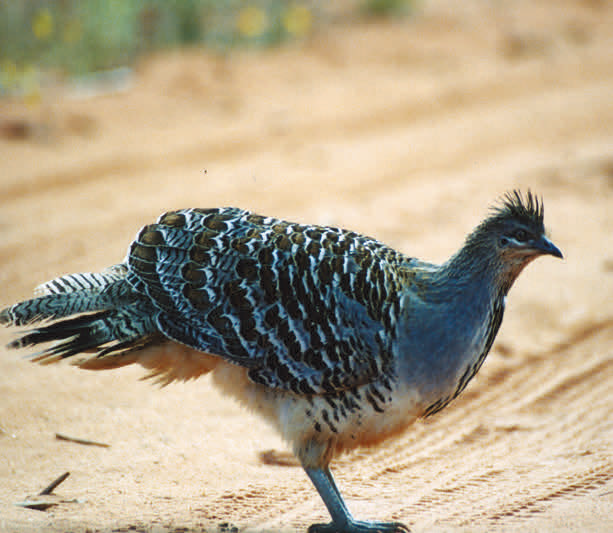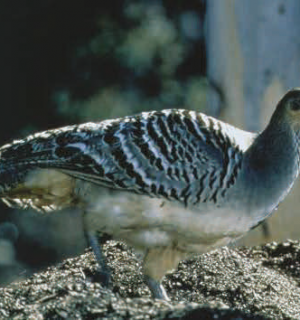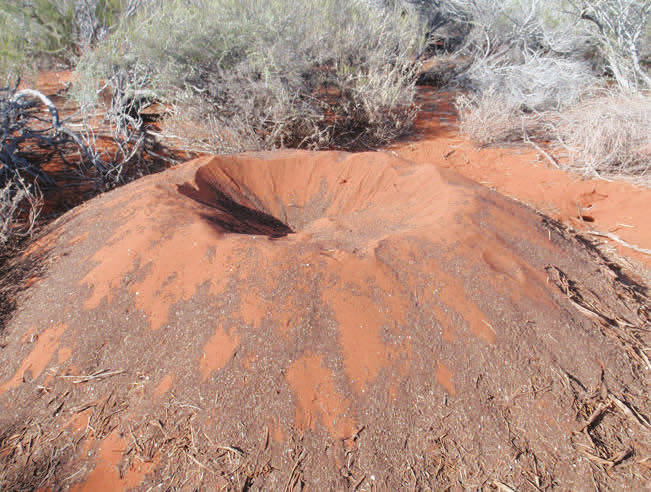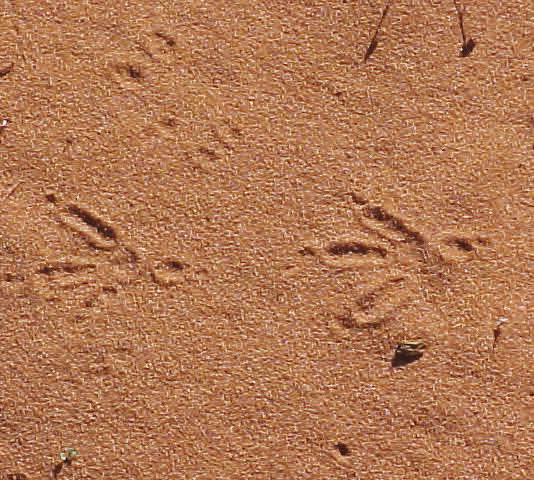Malleefowl
Malleefowl
Leipoa ocellata
Description

| Head-body 500-600mm |
Lifespan 30 years |
Weight 2.5 kg |
The malleefowl is one of just fourteen megapodes, birds distinguished by their large feet. It is well camouflaged with its upper body patterned with bars, fringes and streaks of grey, white, black and chestnut. Its breast and belly are creamy-white. The mallefowl’s face is grey with a chestnut chin and a white line under each eye. It has short, broad wings rounded at the tip and it only flies when frightened or chased.
Diet and habitat

Malleefowls live on the ground and use their large powerful feet to build giant nest mounds. They are well adapted to their dry habitats, getting sufficient water from their diet of leaves, fruits, flower buds, seeds and insects. Although they can live without additional water they will drink if water is available.
Breeding

| Incubation 60 days |
No. eggs Up to 35 |
Fledge 2 years |
Malleefowl mate for life. After the male builds a nest mound in August his mate repeatedly visits it from September to April. During each visit she lays a single egg weighing 10% of her body weight and there may be 5 to17 days between each visit. Nests are reused each year and can reach 1m high, 5m wide and 20m in circumference. Moist decaying leaf litter inside the mound produces heat that incubates the eggs.
Distribution

The malleefowl was once common in arid and semi-arid tall mallee and low wattle scrub across much of western, southern and central Australia. Today its range is restricted to scattered pockets in New South Wales, Victoria, South Australia and Western Australia. Project Eden successfully reintroduced mallefowl into Francois Peron National Park in Shark Bay.
Status

Threats to the mallefowl include foxes, feral cats, land clearing, bushfires and competition with Status introduced species.
Fact sheet
SHARK BAY
World Heritage



